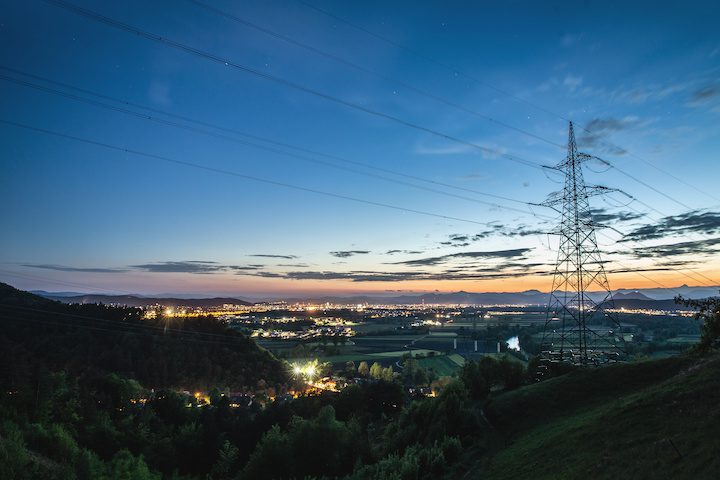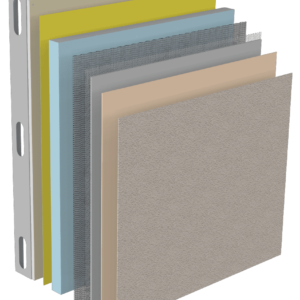With “smart” versions of just about everything popping up nowadays, it appears power grids are ripe for disruption. Most of us do not give much thought as to how it all works when we flip a switch, but as governments strive to reach net zero goals, that may change, at least for large consumers of energy like building operators.

The current electrical grid in the United States was built in the 1890s, with many advancements since. The grid today consists over more than 9,200 electric generating units and more than 300,000 miles of transmission lines. This massive ecosystem involves service providers, asset owners, manufacturers and government officials at every level – and is also a major source of emissions. In 2020, emissions of carbon dioxide by the U.S. electric power sector were about 32% of total U.S. energy-related CO2 emissions.
Increased complexities
Making an update to a smart grid is a massive undertaking, involving communication among all of the entities involved. The equipment and technology must be designed for automation and increased complexities. Per the U.S. Department of Energy,
In short, the digital technology that allows for two-way communication between the utility and its customers, and the sensing along the transmission lines is what makes the grid smart. Like the Internet, the Smart Grid will consist of controls, computers, automation, and new technologies and equipment working together, but in this case, these technologies will work with the electrical grid to respond digitally to our quickly changing electric demand.
A fully implemented smart grid would allow for more reliability, automation, efficiency, and for integration of renewable technologies. Safety is also in play. Blackouts can have a domino effect, where a series of failures across multiple systems can lead to large concentrations of power loss. A smart grid would allow for isolating certain issues and containing them before they reach a large scale. Power can also be restored faster to high-need areas such as hospitals.
Renewable energy sources
With both the desire for, and the complexity of, adding renewable energy sources to the power supply, a smart grid should help manage the flow. Per Power Electronics News,
From the perspective of the environment, it too will benefit from the smart grid as power demands can be smoothed while intermittent renewable energy resources, such as solar plants, wind farms, and hydroelectric dams, can be taken advantage of. More so, sophisticated smart grid sub-systems will strategically manage these diverse and geographically scattered renewable energy resources to ensure that their energy will be stored safely, in large-scale energy storage, and distributed where and when it’s needed.
The threat of cyberattacks is one area that will persist, largely due to the interconnected nature of a smart grid. Security systems will need to be built into the various parts of infrastructure and storage to keep the supply safe from bad actors.
A much different energy system
With upgrades to the grid ongoing, and a massive infrastructure bill in play looking to modernize the grid, there’s reason for optimism for a much different energy system than the one that was designed over a century ago. Advances could include interactive capabilities, where buildings can monitor their energy sources, power down unnecessary functions, and utilize a slew of new data to improve efficiency.


